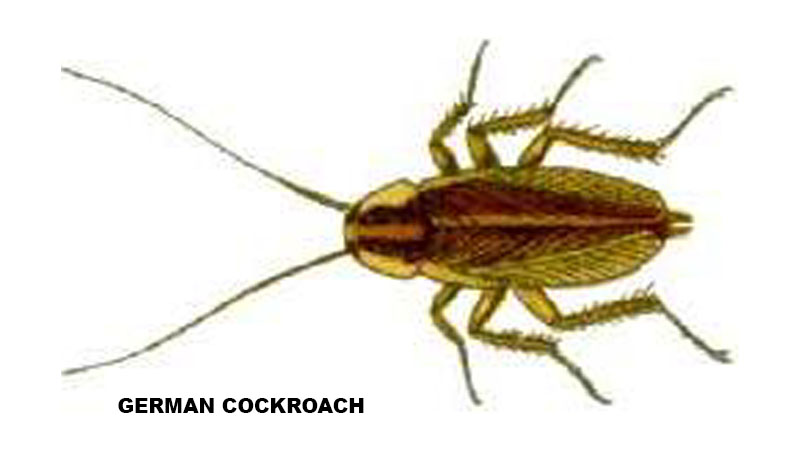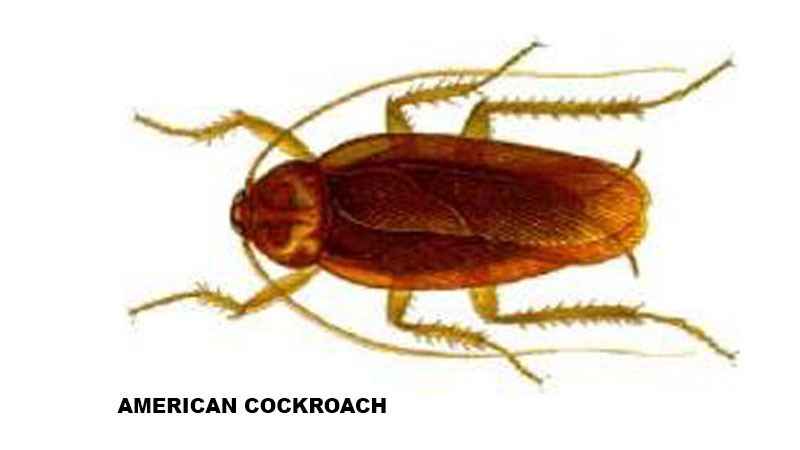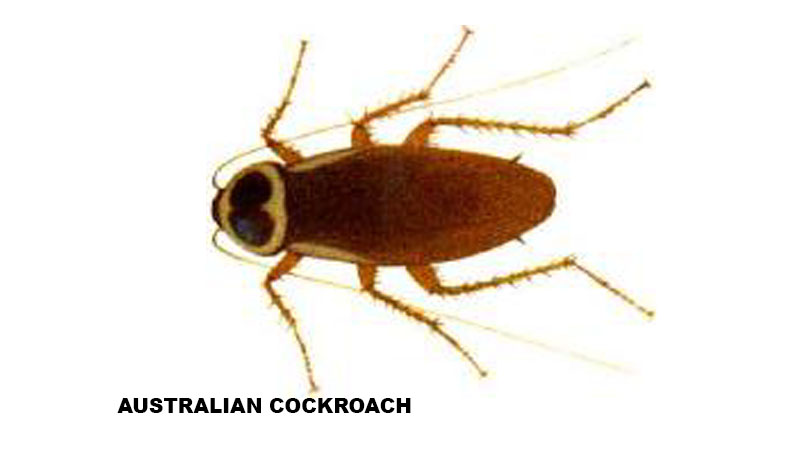Cockroaches belong to the insect order Blattodea. There are over 4000 species of cockroaches worldwide, only a few of which are considered major pests. The high pest status of cockroaches is largely attributed to their wide distribution, close association with humans and potential to carry disease.
Cockroaches are generally nocturnal. Any active cockroaches observed during the day are often indicative of a large infestation. Cockroaches are gregarious (they congregate together), and frequently groom themselves. This behaviour is exploited by pesticides such as dusts that come in contact with the feet or body of the cockroach and are ingested during grooming.
Effective cockroach control relies on the education and co-operation of the residents of the infested area.
This requires:
1. A thorough inspection of the infested area.
- A torch or pyrethrin aerosol may be used to flush cockroaches out of their harbourages. Sticky traps can be effective for long-term monitoring of populations.
2. Measures to reduce access to food, water and shelter, including:
- Maintaining a high standard of hygiene
- Reducing water availability by removing unnecessary containers of water and repairing leaky taps and pipes.
- Storing food in sealed airtight containers, emptying garbage bins regularly and keeping garbage bin lids tightly closed.
- Sealing cracks and crevices where possible.
3. Application of pesticides to areas that will target the cockroaches, may consist of any or a combination of:
- Surface sprays applied to cracks, crevices and voids that may harbour cockroaches, and surfaces where cockroaches travel. Food-handling surfaces must not be treated. Cupboards and pantries should be emptied before treatment.
- Space sprays or ULV (ultra-low volume) machines to treat an entire indoor area. It should be noted that space sprays are unlikely to effectively penetrate harbourages and the trend is toward using fewer sprays and more dusts and baits.
- Dusts are used in areas that cannot be treated with wet sprays. Dusts can be applied to cracks and crevices, in electrical equipment, and in wall and roof voids. They should always be applied lightly and carefully to avoid the risk of humans coming in contact with the dust.
- Baits may be in the form of gels, pastes, particles or bait stations. Baits are becoming increasingly useful in cockroach control and the use of baits can offer safety advantages if treatment is required in commercial food-handling areas, schools or hospitals.
Australia is home to many varieties of cockroaches including:
- German Cockroach
- Australian Cockroach
- American Cockroach
- Oriental Cockroach
- Smokeybrown Cockroach
- Brownbanded Cockroach
For more information on cockroaches visit the Victoria Government website cockroach fact sheet.



